书名:国际贸易专业英语(双语)
编号:465345
ISBN:9787309061512[十位:7309061519]
作者:周维家 葛萍
出版社:复旦大学出版社
出版日期:2008年01月
页数:355
定价:36.00 元
参考重量:0.455Kg
-------------------------
图书情况:正版二手旧书,绝不影响正常阅读!
绝无缺页少页,发货前再次检查,请放心购买!
* 内容提要 *
本书采用双语形式,旨在帮助大专院校相关专业的学生以及从事国际贸易的人士了解并掌握有关国际贸易方面的一些基本理论和实际知识,提高他们在国际经贸交往活动中的见识与能力。
本书共分八个单元,主要内容有:国际贸易概论、国际贸易理论、经济一体化、多国公司、国际贸易政策措施、国际营销、关税及贸易总协定和世贸组织、中国外贸体制变革及发展等部分。
为了便于教学或自学,每章后面还附有大量练习和补充阅读材料,以及词汇、注释的中英文对照。此外,我们在书的最后编写了总词汇以及各章练习答案.方便读者自学、查阅。
* 图书目录 *
Unit One An Overview of International Business
Ⅰ An Introduction to International Business
1.Definitions
2.Why Nations Trade?
Ⅱ History of International Trade
Ⅲ Protection or Free Trade?
Ⅳ MNCs and Globalization
1.Global Exchange
2.Have a Break
Ⅴ Effects of Technology on International Business
Vocabulary
Notes
Related Terms
Post-reading Activities
Supplementary Reading
Unit Two Theories of International Business
Ⅰ The Age of Mercantilism
Ⅱ The Theory of Absolute Advantage
Ⅲ The Theory of Comparative Advantage
Ⅳ The Factor Proportions Trade Theory
Ⅴ The Leontief Paradox
Ⅵ The ProductCycle Theory
Ⅶ Protectionism
Vocabulary
Notes
Related Terms
Post-reading Activities
Supplementary Reading
Unit Three Economic Integration
Ⅰ Levels of Economic Integration
1.PreferentialTrade Arrangement(PTA)
2.The Free Trade Area(FTA)
3.The Custom's Union
4.The Common Market
5.The Economic Union
6.Monetary Union
Ⅱ European Integration
Ⅲ North American Economic Integration
Ⅳ Integration in Asia
1.ASEAN Free Trade Area(AFTA)
2.The ASEAN Plus Three(APT)
3.Asia-Pacific Economic Cooperation(APEC)
Vocabulary
Notes
Related Terms
Post-reading Activities
Supplementary Reading
Unit Four Multinational Corporations
Ⅰ The Multinational Corporate Phenomenon
1.Definitions of the Multinational Corporation
2.Why Do We Have Multinational Corporations?
3.The Most Powerful Institution in the World Today
Ⅱ Foreign Direct Investment(FDI)
1.Definitions
2.Impacts of FDI
3.Major Types of FDI
Ⅲ Technology Transfer
1.Introduction
2.Modes of Technology Transfer
Ⅳ Market Entry Modes of Multinational Corporations
1.International JointVentures(IJVs)
2.Fully Owned Subsidiaries
Vocabulary
Notes
Related Terms
Post-reading Activities
Supplementary Reading
Unit Five Instruments of Trade Policy
Ⅰ Tariffs
1.Specific Tariff
2.AdValorem Tariff
3.Compound Tariff
Ⅱ Quotas
Ⅲ Embargoes
Ⅳ Exchange Controls
Ⅴ Product Standards
Ⅵ Anti-dumping
1.Anti-dumping
2.Anti-dumping,Safeguards,Countervailing Duties
3.WTO—Doha DevelopmentRound
Ⅶ Subsidies
1.Export Subsidies
2.WTO Rules on Subsidies
Vocabulary
Notes
Related Terms
Post-reading Activities
Supplementary Reading
Unit Six International Marketing
Ⅰ Marketing Research
Ⅱ Segmentation
Ⅲ Marketing Objectives and Strategy
1.Marketing Objectives
2.Marketing Strategy
Ⅳ Marketing Mix
1.Product
2.Price
3.Place(Distribution)
4.Promotion
Ⅴ ProductLife Cycle
1.Introduction Stage
2.Growth Stage
3.Maturity Stage
4.Decline Stage
Vocabulary
Notes
Related Terms
Post-reading Activities
Supplementary Reading
Unit Seven GATT and WTO
Ⅰ GATT
1.A Brief History of GATT
2.The Goal of GATT
3.GATT1994:Structure
4.The Principles of GATT
Ⅱ WTO
1.A Brief History of WTO
2.The Function of WTO
3.The Principles of WTO
4.China's Accession
Vocabulary
Notes
Related Terms
Post-reading Activities
Supplementary Reading
Unit Eight Market Transition and Development in China
Ⅰ Market Transition
Ⅱ Development with Its Major Trading Partners
1.Trade with the EuropeanUnion(EU)
2.Trade with the USA
3.Trade with Southeast Asia
Ⅲ The Impact of Globalization on Chinese Economy
1.The Impact on the World Economy
2.The Impact on the Chinese Economy
Vocabulary
Notes
Related Terms
Post-reading Activities
Supplementary Reading
AppendixⅠ Vocabulary
AppendixⅡ Key to the Exercises
……
* 文章节选 *
International Marketing
Marketing, more than any other business function, deals with customers.Although we will soon explore more-detailed definitions of marketing, perhaps thesimplest definition is this one: Marketing is the process of focusing the resourcesand objectives of an organization on environmental opportunities and needs. It isthe link between the organization and the people who buy and use its goods andservice. It is the way organizations determine buyer needs and inform potentialcustomers that their firms can meet those needs by supplying a quality product at areasonable price. And it is the path to developing loyal, long-term customers.Although we may have many different definitions about Marketing, the first andmore fundamental fact about marketing is that it is universal discipline. Marketingis a set of concepts, tools, theories, practices and procedures, and experiences.Together, these elements constitute a teachable and learnable body of knowledge.
During the past three decades, the concept of marketing has changeddramatically. It has evolved from a focus on the product and on marketing a"better" product where better was on internal standards and values. The objectivewas profit, and the means to achieving the objective was selling, or persuading thepotential customer to exchange his or her money for the company's product.
Marketing can be defined as a series of activities leading to an exchangetransaction between a seller and a buyer at a profit. Marketing activities center onan organization's efforts to satisfy customer wants and needs with products andservices that offer competitive value. It is defined as a social and managerialprocess by which individuals and groups obtain what they need and want throughcreating and exchanging value with others. Sound marketing is crucial to thesuccess of every organization--large or small, for-profit or not-for-profit,domestic or global. 现代经济发展的实践表明,国际贸易是经济增长的强大推动力。第二次世界大战后,国际贸易的迅速发展在全球范围内引起了国际分Z-体系的革命性变革和福利分配格局的重组,极大地促进了经济增长。中国实行改革开放和加入世界贸易组织,加快了对外开放的步伐,外贸业务增长迅速,对外贸易对经济增长的贡献度不断提高,市场对外贸人才的需求急剧增加。
为了适应国际经济理论的不断创新与拓展以及外贸业务发展的需要,加快培养出更多掌握经济学理论知识、具有良好的外语基础、熟悉WTO的游戏规则、了解国际惯例、熟悉国际市场运作规则、具有敏锐的国际意识、掌握具体操作能力的国际经济与贸易专业应用型人才,必须从国际经济与贸易专业的课程体系、课程内容、教学方法、教材编写等方面进行探索和创新。
* 编辑推荐与评论 *
暂无相关介绍
* 作者介绍 *
暂无相关介绍
 旅游英语 南凡 978704 ...
旅游英语 南凡 978704 ...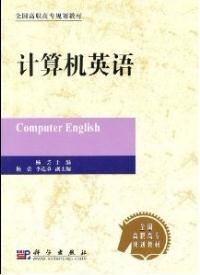 计算机英语 杨芸 97870 ...
计算机英语 杨芸 97870 ... 会计英语 葛军 978703 ...
会计英语 葛军 978703 ...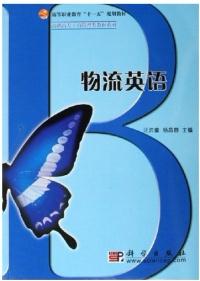 物流英语 汪洪章 杨昌蓉 9 ...
物流英语 汪洪章 杨昌蓉 9 ...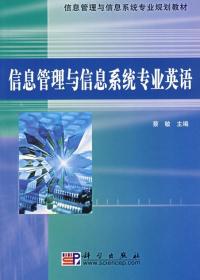 信息管理与信息系统专业英语 ...
信息管理与信息系统专业英语 ... 财会专业英语 张国华 王晓巍 ...
财会专业英语 张国华 王晓巍 ...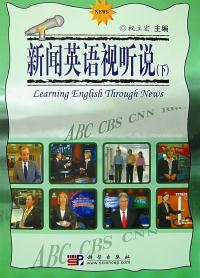 新闻英语视听说 下 权立宏 ...
新闻英语视听说 下 权立宏 ...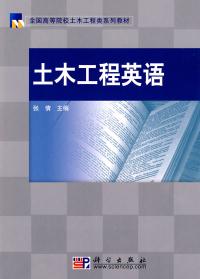 土木工程英语 张倩 9787 ...
土木工程英语 张倩 9787 ...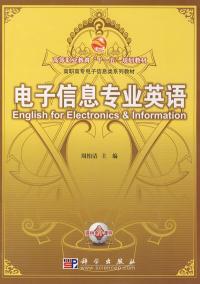 电子信息专业英语 周柏清 9 ...
电子信息专业英语 周柏清 9 ...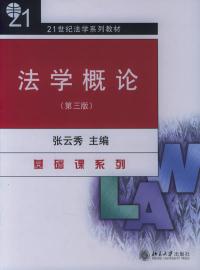 法学概论 第三版 张云秀 9 ...
法学概论 第三版 张云秀 9 ...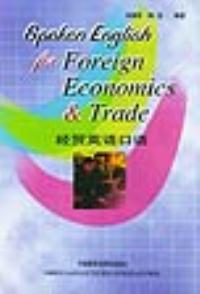 经贸英语口语 刘醒吾 陈坚 ...
经贸英语口语 刘醒吾 陈坚 ...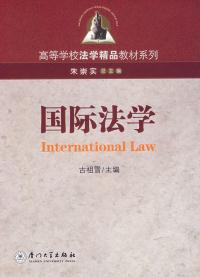 国际法学 古祖雪 97875 ...
国际法学 古祖雪 97875 ... 质量管理学 第三版 龚益鸣 ...
质量管理学 第三版 龚益鸣 ... 建设工程法 生青杰 9787 ...
建设工程法 生青杰 9787 ...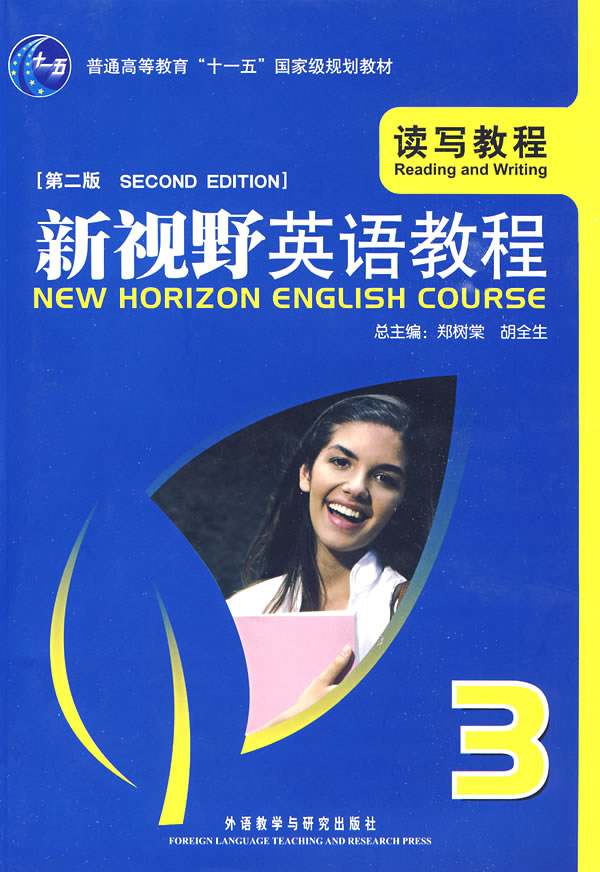 新视野英语教程 3 读写教程 ...
新视野英语教程 3 读写教程 ...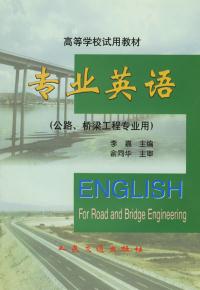 专业英语 公路 桥梁工程专业 ...
专业英语 公路 桥梁工程专业 ... 金融法原理 刘少军 9787 ...
金融法原理 刘少军 9787 ...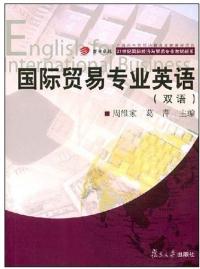
 购满39元免运费,部分学校已免邮! 查看详情
购满39元免运费,部分学校已免邮! 查看详情


